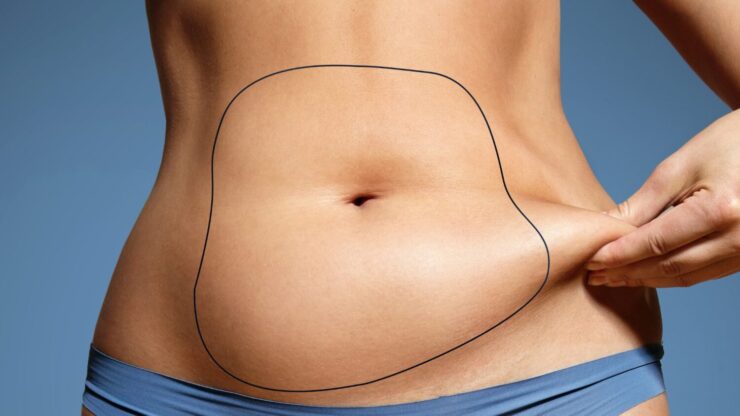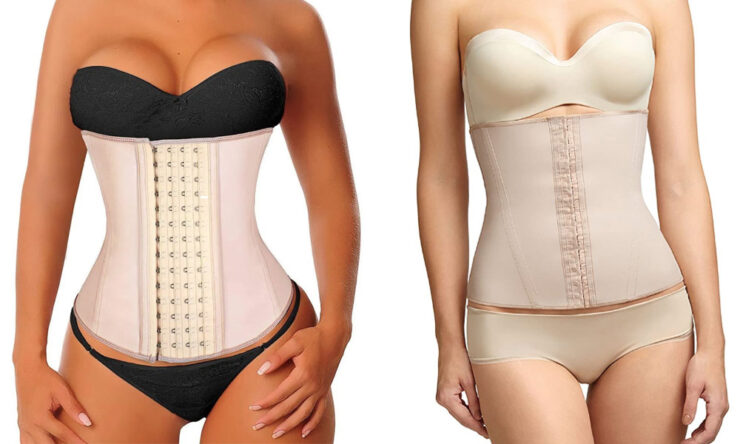In an era characterized by a fascination with slender waistlines and idealistic body proportions, waist trainers have emerged as coveted fitness accessories. Promises of immediate, dramatic results echo through countless marketing campaigns, beckoning consumers to join the waist training trend. But behind this alluring facade, what realities lie in wait? In this illuminating blog post, we’ll pull back the curtain on waist trainers, demystifying common misconceptions and revealing the fundamental truths concealed within.
Understanding their Purpose

Primarily, these devices are construed as garment-like tools designed to cinch your midsection for an instantly slimmer figure. Its origin can be traced back to the 16th century when corsets were worn by women to accentuate their waistlines. Today, these trendy devices promise not only an instant hourglass silhouette, but also weight loss, posture improvement, and permanent waist reduction. A great selection of women’s waist trainers awaits at http://squeezmeskinny.com.
However, the narrative often veers towards the fantastical. Amid the glamour and excitement, it’s easy to forget that trainers, at their core, are merely devices to temporarily modify the body’s appearance. They apply pressure on the abdominal region, instantly creating the illusion of a slender waist. These products may seem like an answer to many problems, but the actual utility and safety are often masked by hyperbolic marketing claims.
Myth 1: They Help You Lose Weight
The assertion that waist trainers aid in weight reduction is a prevalent belief. The fundamental concept behind this claim? Sweating equals fat loss. Advocates argue that by increasing the body’s core temperature and promoting perspiration, waist trainers may catalyze fat reduction in the midsection.
Yet, in the light of scientific reasoning, this proposition is flawed. Sweat is your body’s cooling mechanism; it doesn’t equate to burning fat. When the body sweats excessively—say, due to a waist trainer’s compression—what you’re losing is mainly water, not fat.
Debunking Myth 1: The Truth About Weight Loss

Now that we’ve dispelled the notion of ‘sweat-as-fat-loss’, it’s essential to understand what actually triggers weight loss. Essentially, weight loss occurs when you burn more calories than you consume, causing your body to break down stored fat for energy.
The item cannot create this caloric deficit. It doesn’t increase the body’s metabolic rate nor does it influence the number of calories consumed. Hence, a trainer cannot catalyze weight loss directly. For real, sustainable weight reduction, a balanced diet, and regular exercise are irreplaceable.
Myth 2: They Can Correct Posture

Some proponents suggest waist trainers improve posture by forcing the body into an upright position. They claim that the garment’s restrictive nature encourages individuals to maintain a straighter, more confident posture.
To an extent, this holds some truth. Its tight-fitting structure can initially prompt an upright stance. However, this potential benefit is often mistaken as a sign of improved postural strength.
Debunking Myth 2: The Reality and Posture Correction
While a waist trainer might encourage upright posture temporarily, it doesn’t strengthen the muscles necessary for maintaining good posture. In fact, prolonged use may lead to muscle atrophy, as the garment does most of the ‘postural work’ instead of the body’s core muscles.
Good posture depends on the strength and endurance of your body’s core muscles. A more effective approach would be to incorporate exercises that build these muscles, like planks and Pilates, into your fitness routine.
Myth 3: Reshape Your Midsection Permanently

A common fallacy around waist trainers is their alleged capacity to permanently reshape your waist. Some people believe that persistent use of a waist trainer will lead to a naturally cinched waistline even after the trainer is removed.
Delving into the science of our bodies, it’s important to note that human tissues are indeed malleable, meaning they can change shape under consistent pressure. However, the story doesn’t end here.
Debunking: Examining the Claims of Reshaping
Despite the malleability of tissues, the idea of permanent waist reduction through waist trainers is more myth than reality. This is primarily because the changes induced by waist trainers are temporary. Once the compression force is removed, your body will gradually revert back to its natural shape.
Furthermore, the primary constituents of the midsection—fat and muscle—are not easily reshaped. Regular exercise and a balanced diet are the most effective methods for sculpting the waist area.
Myth 4: They Provide Long-Term Results
The belief that trainers yield long-lasting results is another common misconception. Supporters argue that consistent training can have enduring effects, maintaining the desired shape for extended periods.
However, as discussed earlier, the effects of waist trainers are inherently temporary. The moment the trainer is removed, the body begins to revert to its natural shape.
Debunking: Exploring the Temporary Nature of Effects

The reality is that trainers provide transient results, much like any other cosmetic accessory. While they can compress and give the illusion of an hourglass figure, these results fade once the trainer is taken off.
If you desire more lasting results, focusing on healthy lifestyle choices—regular exercise and a nutritious diet—will be far more beneficial. Not only can these methods help you achieve a fitter body, but they can also contribute to better overall health.
The Potential Dangers

Wearing a waist trainer isn’t just ineffective for weight loss, posture correction, or permanent reshaping—it can also be dangerous. The excessive compression exerted by these garments can cause an array of health issues, ranging from difficulty breathing and indigestion to decreased core muscle strength and even rib damage.
Besides these physical implications, there’s an emotional component at play as well. The unrealistic body standards propagated by waist trainers can negatively impact self-esteem and body image, leading to adverse psychological effects.
Final Thoughts
Waist trainers may appear as an attractive shortcut to achieving the coveted hourglass figure. However, the idea that they provide lasting benefits like weight loss, posture correction, and permanent waist reshaping is largely based on misinformation and exaggeration. While they can offer a temporary illusion of a slimmer waist, the potential risks and short-lived nature of these effects should prompt us to rely more on proven, sustainable methods for body improvement—namely, a balanced diet and regular exercise. Ultimately, embracing our natural body shape and striving for health over unrealistic beauty standards remains our best bet. After all, true beauty lies in health and self-acceptance.

